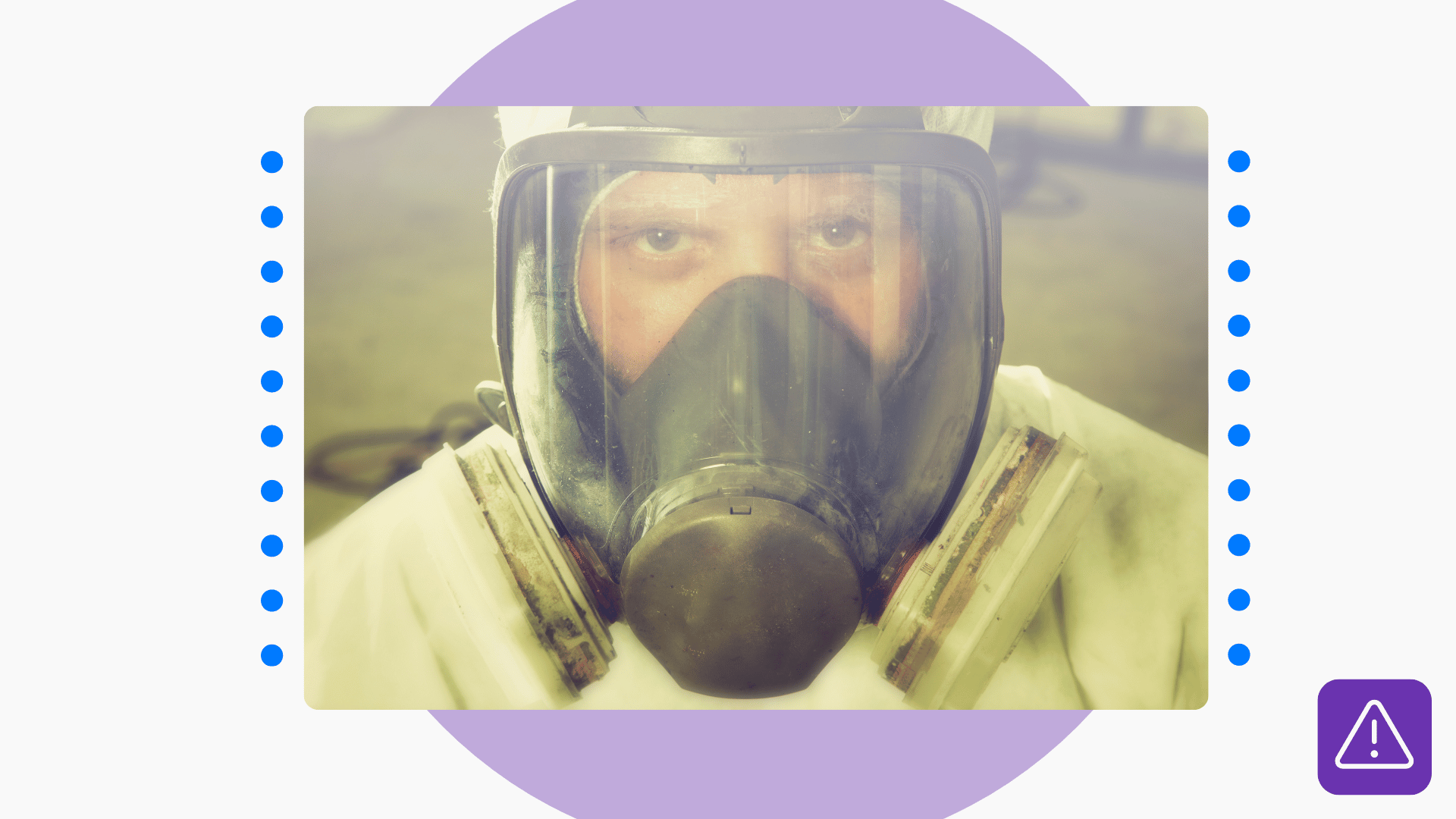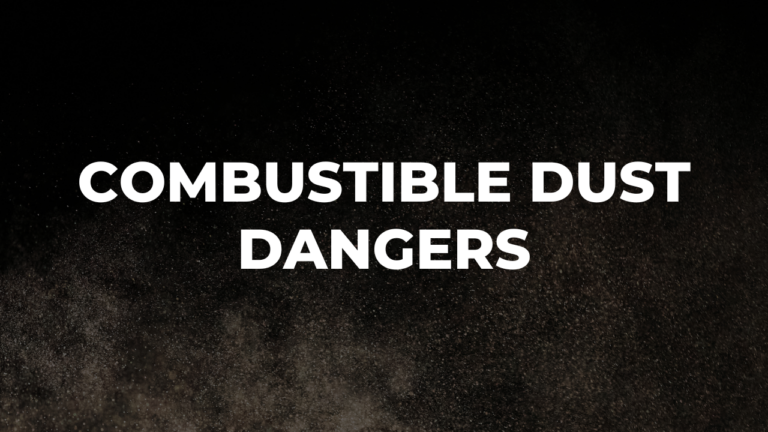In heavy industries, chemicals, dust, and other contaminants are a natural part of the process. And all these can affect the quality of the air your workers breathe every day. Use this air quality toolbox talk to tell your team about some of risks they should anticipate.
Air quality toolbox talk overview
In this toolbox talk, we’ll talk about:
- Common air quality safety risks
- Signs of poor air quality
- Control measures in place
While you might not be able to eliminate air quality issues, you should at least know how to identify them and take measures to lower your exposure risk.
Air quality safety risks
Bad air quality is a common cause of health issues in the workplace. Things like chest congestion, chronic headaches, and respiratory illness are some of the top complaints. These issues are the source of hazards like:
- Toxic chemicals and fumes
- Dust particulates
- Vehicle emissions
- Airborne contaminants
Many of these hazards are byproducts of the processes we use, so it’s not always easy to avoid them. But it’s still important to be able to recognize when the air quality isn’t great and to protect yourself as best you can.
Signs of poor air quality
Some respiratory hazards are undetectable without meter reading. But you can look for other signs of poor air quality like:
- Bad or unusual odor in the air
- Mold and mildew
- Frequent runny nose or cough
- Thick or humid air
Most of the time, the air quality will be noticeable and depending on the smell, you might be able to find the source as well.
Air quality control measures
We have a lot of control measures in place to monitor the air quality and keep it safe for everyone. The biggest one is routine maintenance of our ventilation systems and equipment.
We also do routine air quality tests to make sure that the readings stay within an acceptable range.
You can help us improve the air quality by:
- Wearing respiratory protection and required PPE at all times
- Properly storing and handling the chemical materials onsite
- Notifying management of any issues you notice with the ventilation system
- Keeping the area around fans, purifiers, etc., clear of clutter and trash
- Opening windows or doors when working with chemicals
Depending on the area you’re in, it might not be possible for you to do much to improve the air quality. But you can minimize your exposure by wearing a mask and navigating toxic fumes and materials with care.




